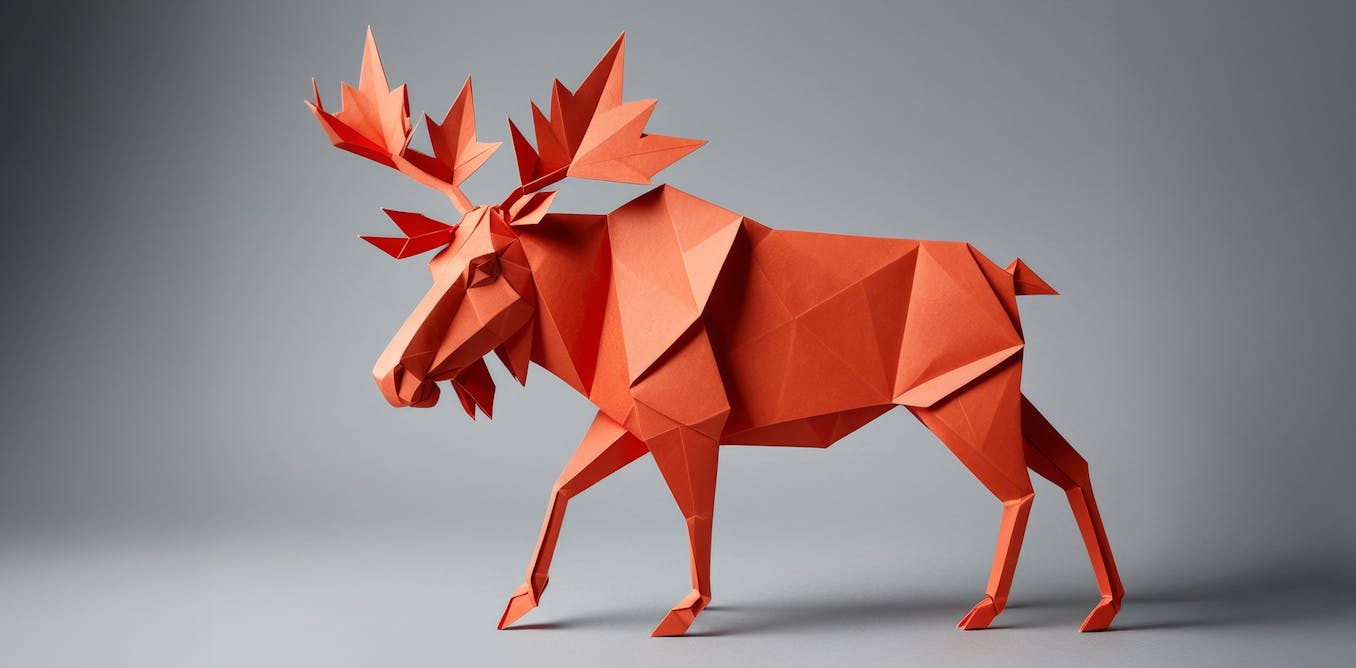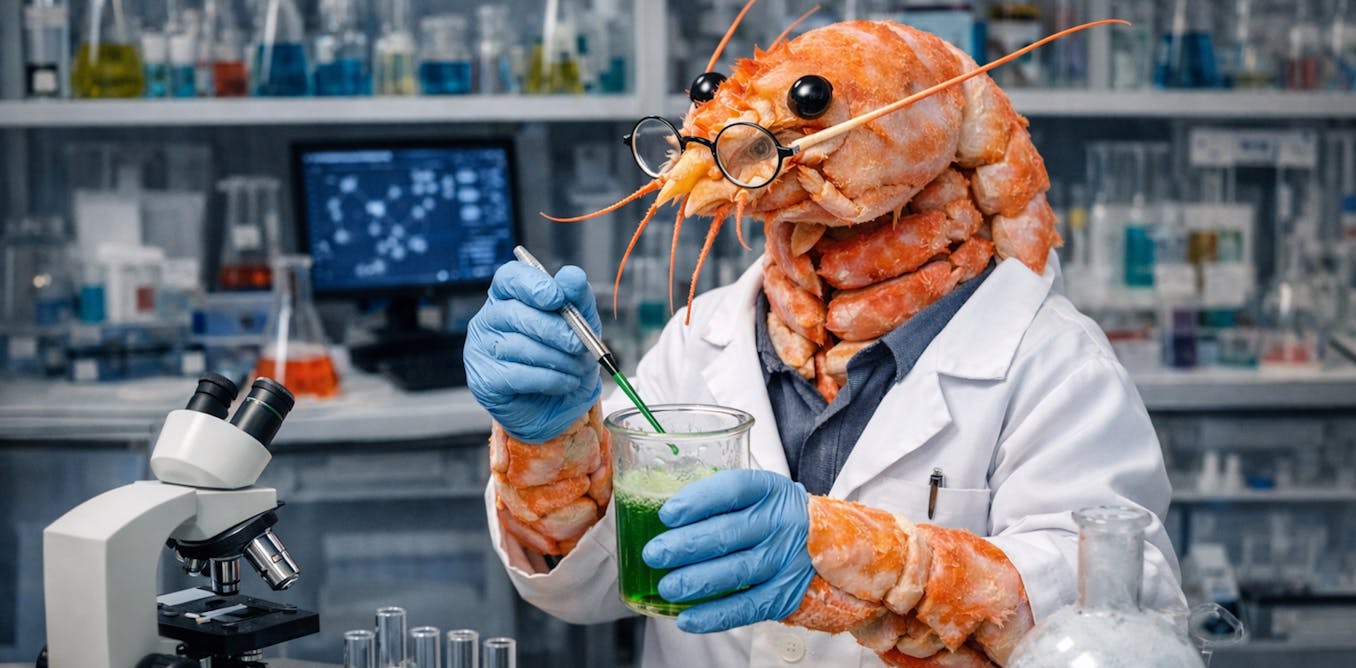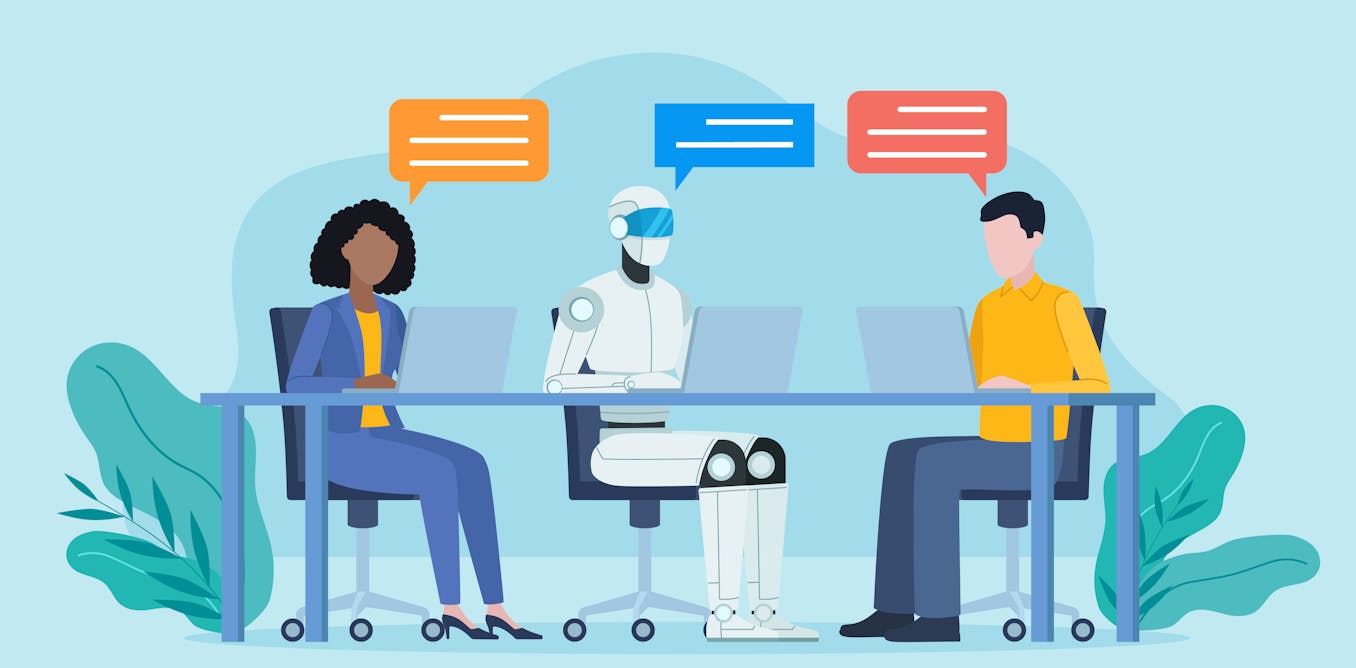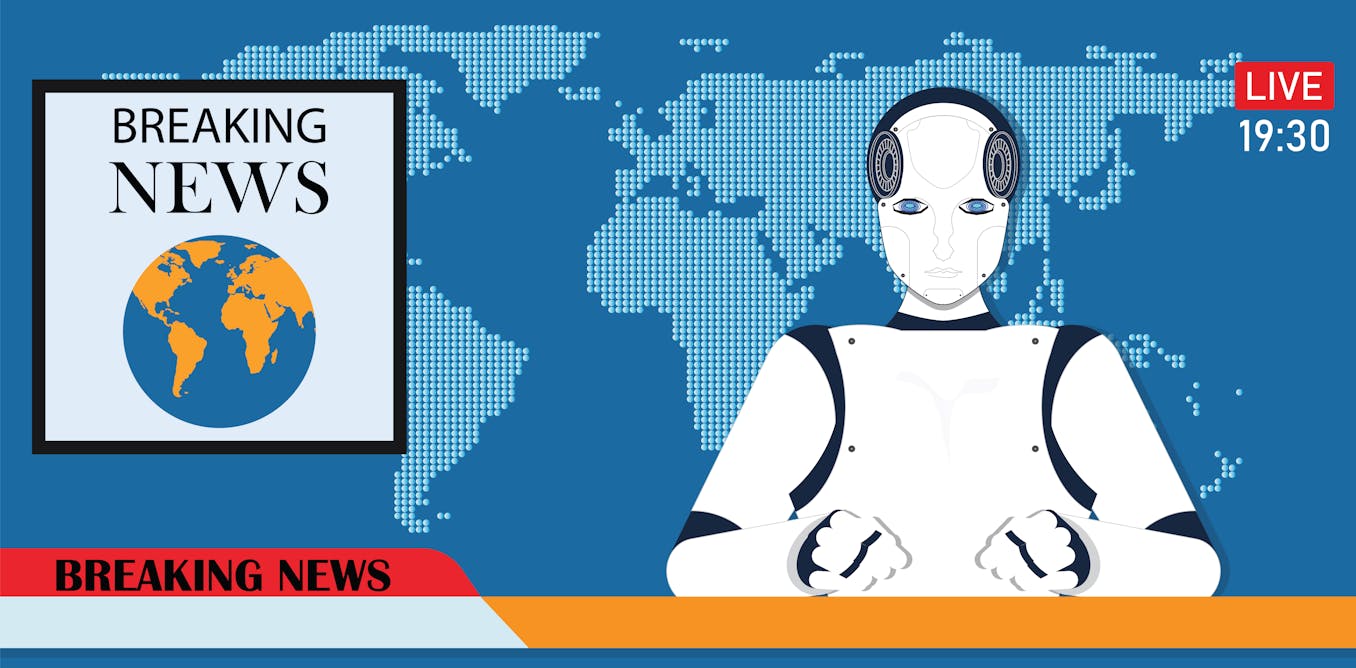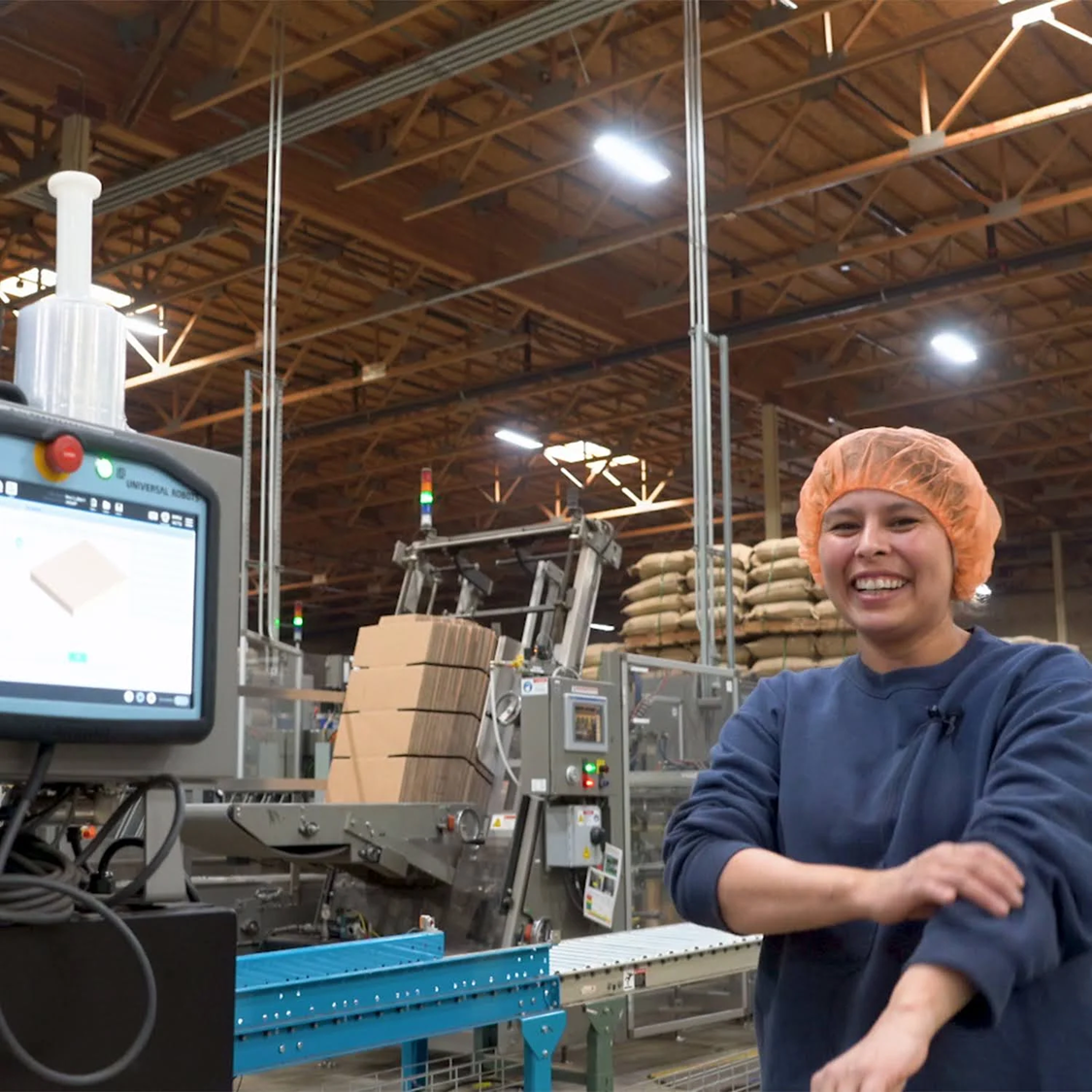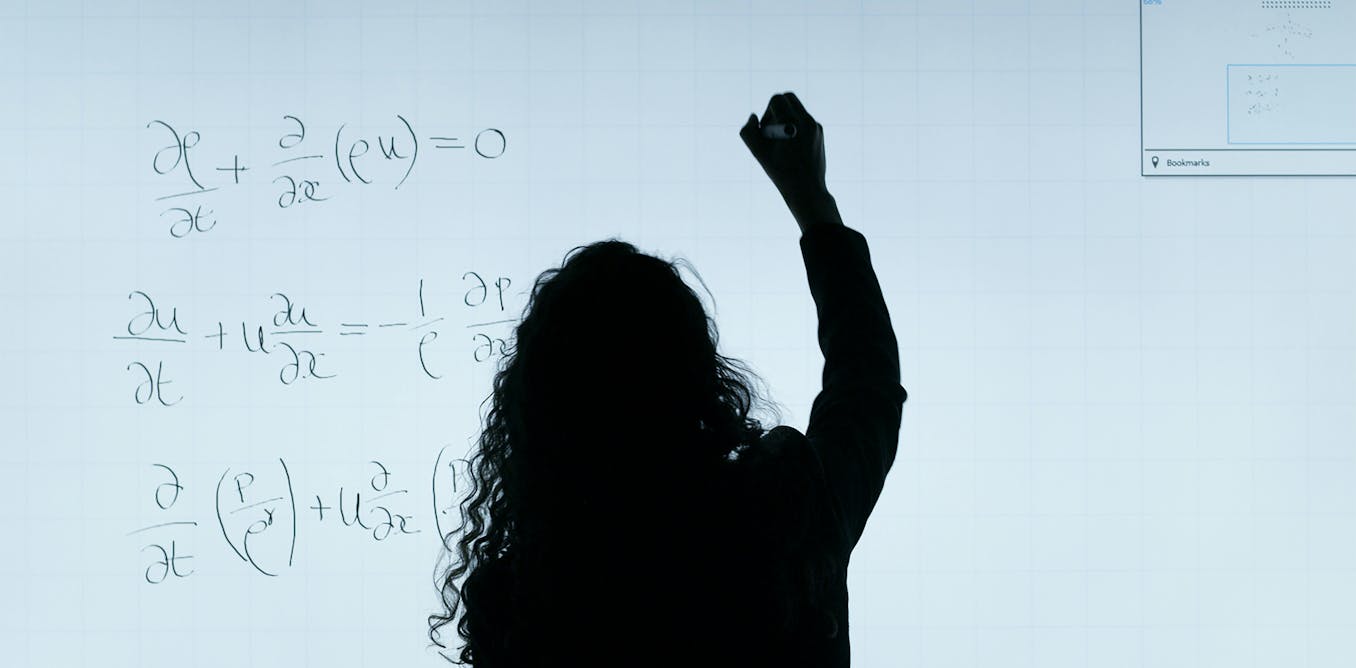Video Friday is your weekly selection of awesome robotics videos, collected by your friends at IEEE Spectrum robotics. We also post a weekly calendar of upcoming robotics events for the next few months. Please send us your events for inclusion.
ROSCon 2025: 27–29 October 2025, SINGAPORE
Enjoy today’s videos!
Welcome to this world—standing 180 cm tall and weighing 70 kg. The H2 bionic humanoid—born to serve everyone safely and friendly.
Starting at US$29,900 plus tax and shipping.
[ Unitree ]
The title of this one, “Eagle Stole our FPV Drone,” pretty much sums it up.
[ Team BlackSheep ]
Historically, small robots couldn’t have arms because the necessary motors made them too heavy. We addressed this challenge by replacing multiple motors with a single motor and miniature electrostatic clutches. This innovation allowed us to create a high-DOF, lightweight arm for small robots, which can even hitch onto a drone.
Thanks, Kyu-Jin!
Just FYI, any robot that sounds like a tasty baked good is guaranteed favorable coverage on Video Friday.
[ Cleo Robotics ]
Oli now pulls off a smooth, coordinated whole-body sequence from lying down to getting back up. Standing 165 cm tall and powered by 31 degrees of freedom, Oli continues to demonstrate natural and fluid motion.
[ LimX Dynamics ]
Thanks, Jinyan!
Friend o’ the blog Bram Vanderborght tours the exhibit floor at IROS 2025 in Hanghzou, China.
[ IROS 2025 ]
In a fireside chat with Professor Sam Madden, Tye Brady, Chief Technologist at Amazon Robotics, will discuss the trajectory of robotics and how generative AI plays a role in robotics innovation.
[ MIT Generative AI Impact Consortium ]
Prof. Dimitrios Kanoulas gave an invited talk at the Workshop on The Art of Robustness: Surviving Failures in Robotics at IROS 2025.
[ IROS 2025 ]
This University of Pennsylvania GRASP talk is by Suraj Nair from Physical Intelligence, on “Scaling Robot Learning with Vision-Language-Action Models.”
The last several years have witnessed tremendous progress in the capabilities of AI systems, driven largely by foundation models that scale expressive architectures with diverse data sources. While the impact of this technology on vision and language understanding is abundantly clear, its use in robotics remains in its infancy. Scaling robot learning still presents numerous open challenges—from selecting the right data to scale, to developing algorithms that can effectively fit this data for closed-loop operation in the physical world. At Physical Intelligence, we aim to tackle these questions. This talk will present our recent work on building vision-language-action models, covering topics such as architecture design, data scaling, and open research directions.
[ University of Pennsylvania GRASP Laboratory ]

The post “Video Friday: Unitree’s Human-Size Humanoid Robot” by Evan Ackerman was published on 10/24/2025 by spectrum.ieee.org



